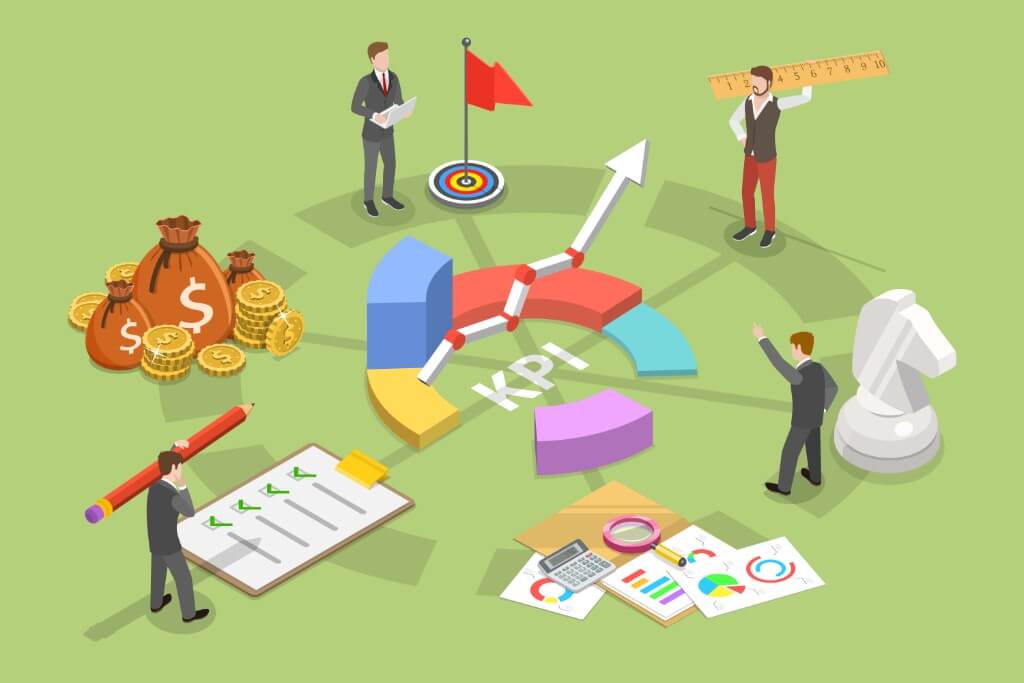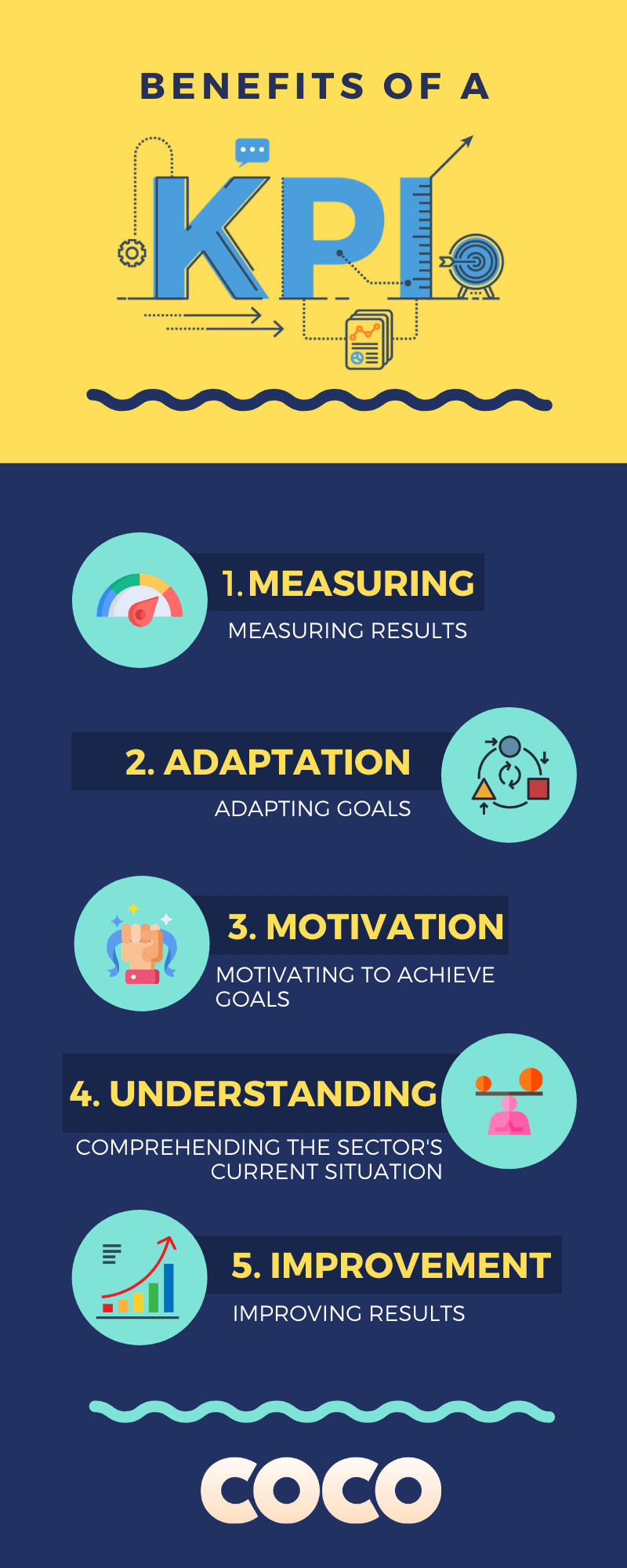What is a KPI or Key Performance Indicator

KPIs are the critical indicators of progress toward an intended result. Therefore, they provide a focus for strategic and operational improvement, create an analytical basis for decision-making and help focus attention on the most important.
Managing with the use of KPIs includes setting targets (the desired level of performance) and tracking progress against that target. Managing with KPIs often means working to improve leading indicators that will later drive lagging benefits. Leading indicators are precursors of future success; lagging indicators show how successful the organization was at achieving results in the past.
Definition of KPI
A performance indicator or key performance indicator (KPI) is a type of performance measurement. KPIs evaluate the success of an organization or of a particular activity (such as projects, programs, products and other initiatives) in which it engages.
Thus, a KPI is a measurable value that demonstrates how effectively a company is achieving key business objectives. Organizations use KPIs at multiple levels to evaluate their success at reaching targets.
High-level KPIs may focus on the overall performance of the business, while low-level KPIs may focus on processes in departments such as sales, marketing, HR, support, and others.

KPI in Marketing
Marketing KPIs are specific, numerical marketing metrics that organizations track in order to measure their progress towards a defined goal within your marketing channels.
When it comes to setting and tracking your marketing KPIs, many marketers and business owners are fully aware of the usual suspects. — sales revenue, leads, and cost per acquisition (CPC).
But there are a number of other KPIs that you should be tracking in order to execute a more successful marketing campaign.
No one wants to support a marketing activity that's losing their company money. By tracking the right marketing KPIs, your company will be able to make adjustments to various strategies and budgets.
Without the right ones, however, your company might be reporting and making decisions based on misleading information.
Social Media KPIs
Social Media KPIs are used in order to measure the impact of the actions applied in different social networks. They can be any of the following:
- Impressions: they show how many people have seen the publication.
- Followers: all those people who follow your profile.
- Comments: the comments left on publications.
- Engagement: the relationship between the activity and the followers. Engagement is very important as Brand Awareness can be measured with it.
Data Analytics KPIs
The concept of KPIs goes way beyond metrics. All the data extracted with tools such as Google Analytics or Google Search Console can be used to create a wide environment. Some KPIs that we can extract from web analytics are:
- Sessions: the period of time a user is active on the site.
- Visits: the total number of people who visit the site.
- Users: information about the users that visit the web.
- Bounce Rate: the percentage of visitors who enter the site and then leave rather than continuing to view other pages within the same site.
- Clicks: the clicks on the URL in the search engine results pages (SERP).
- Impressions: a link URL records an impression when it appears in a search result for a user. Whether or not the link must actually be scrolled into view or otherwise visible depends on the type of search element that contains the link.
- Acquisition Channels: they determine the medium website visitors used to get to the website.
- Conversions: the income or leads obtained.
Digital Marketing KPIs
You can find different kinds of metrics used within digital marketing such as sales and customer KPIs (number of conversions) or content KPIs (bounce rate or number of visitors).
- ROI: Return on Investment (ROI) measures the gain or loss generated on an investment relative to the amount of money invested.
- CPL: Cost Per Lead (CPL) is an advertising pricing model, where the advertiser pays for an explicit sign-up from a consumer interested in the advertiser's offer.
- CPC: Cost Per Click (CPC) is an advertising model used to drive traffic to websites, in which an advertiser pays a publisher when the ad is clicked. It’s commonly associated with first-tier search engines.
- KD: the higher the Keyword Difficulty (KD) is, the harder it’s to rank on the 1st SERP due to a high competition of the ranking websites.
- Volume: the number of users that search for certain keywords every month. This KPI allows to analyze which are the most appropriate keywords (theoretically) when developing a SEO strategy.

If you can measure it, you can improve it
Understanding how and what your visitors are doing on your website will help you improve the experience, and optimize it to increase conversions. Tracking your KPIs can help validate everything you do.
And thanks to the countless tracking tools available, businesses today have more opportunity for transparency in their marketing efforts than ever before. Get to know your failures and fix them.






![Mejores agencias de marketing digital en Chile [2025]](/cms/uploads/mejores_agencias_marketing_digital_chile-1200-swxnxf.png)

